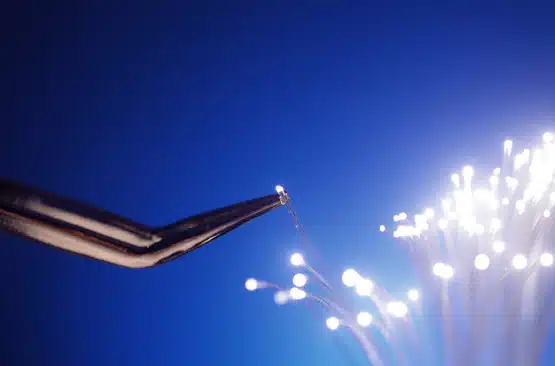
Han Lin’s new super battery (actually, a supercapacitor) can store as much energy per kilogram as a lithium battery, but charges in minutes, or even seconds, and uses carbon instead of expensive lithium.
The majority of batteries used in Australia are lead-acid batteries. These have three main disadvantages: they can take hours to charge; they have a limited lifespan for charging and discharging; and they’re bad for the environment, therefore requiring special, expensive disposal processes.
Han’s supercapacitor charges extremely fast, can be charged and discharged millions of times, and is environmentally friendly.
Previously, a major problem with supercapacitors has been their low capacity to store energy. But Han has overcome this problem by using sheets of a form of carbon known as graphene, which has a very large surface area available to store energy.
Large-scale production of the graphene that would be needed to produce these supercapacitors was once unachievable, but using a 3D printer, Han is able to produce graphene at a low cost.
And because the technology is extremely flexible and thin (as thin as ordinary printing paper) the new super batteries could potentially be built into clothing, or worn as a watch strap, to achieve a wearable power supply.
Han presented his research at Fresh Science, a national program that helps early-career researchers find and share their stories of discovery. Fresh Science is in its 19th year and has kick-started the science communications skills of over 400 Australian scientists. In 2016, Fresh Science ran in every mainland state, with over 100 early-career researchers nominating for Fresh Science in Melbourne, Brisbane, Perth, Adelaide and Sydney.
In 2016, Fresh Science Victoria partnerd with Museum Victoria, CSIRO, Deakin University, Monash University, RMIT University, Swinburne University of Technology, the University of Melbourne and New Scientist.
Contact: Han Lin, Swinburne University of Technology, 0433 088 865, hanlin@swin.edu.au












 Fresh Science is on hold for 2022. We will be back in 2023.
Fresh Science is on hold for 2022. We will be back in 2023.